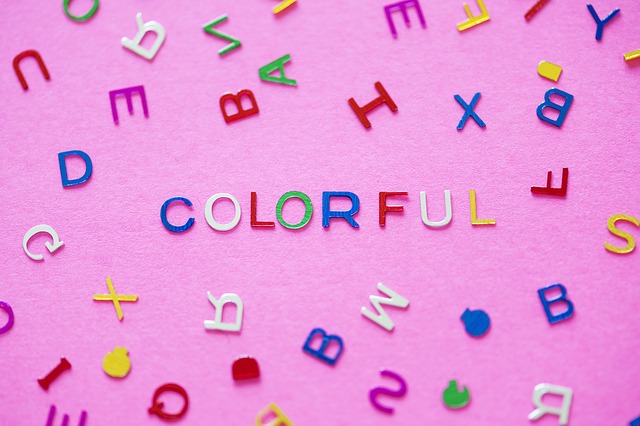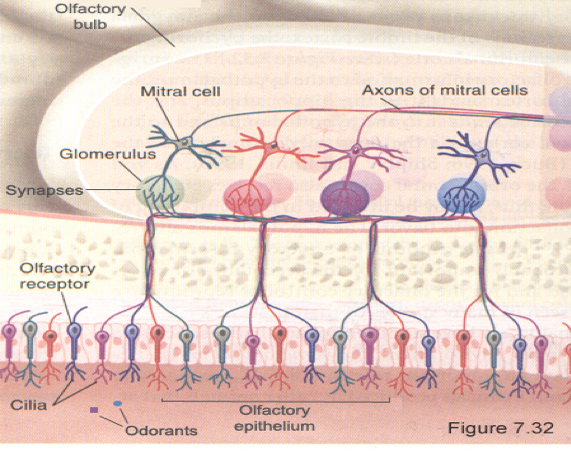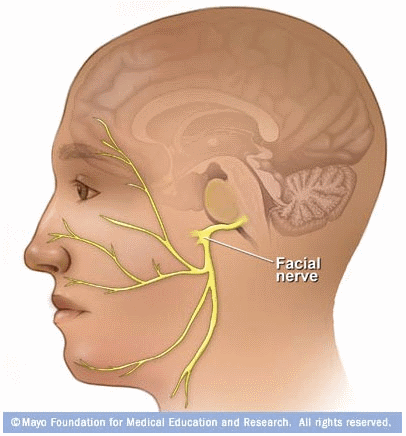Answer: Synesthesia is the condition where a person may perceive sensations from one system after activation of a different sensory system.
We use our bodies to detect the world around us. Our sense organs, such as the eyes, ears, and mouth, are connected to a network of nerves that send signals into our brains. Our brain then processes this information. This perception of our environment is important for us to make the appropriate response to external stimuli, such as avoiding predators or hunting prey.
For a person with synesthesia, their perception of the world is different from that of the average person. A synesthete might perceive a mix of sensations when receiving stimuli inputs through one single sense modality. For example, they may experience a tactile sensation when tasting a food, or they may see colors when they see shapes.
For people with synesthesia, the sensations are automatic. They do not have to try to perceive the senses differently. Rather, it happens spontaneously and unconsciously.
The most common form of synesthesia is one where seeing numbers or letters results in activation of color vision. For example, the letter “a” might be perceived as being red. Sometimes called “colored grapheme synesthesia,” this phenomenon is estimated to be experienced by about half of all synesthetics.
It is still unknown what causes a person to experience synesthesia. A few theories have been put forward to try to explain the phenomenon. One proposes that there is increased cross communication between the systems of perception at the higher cognitive processing levels. This would account for why activation of one sensory modality would trigger the activation of another sensory system.
A second theory argues that there is a loss of inhibition of the interneuronal network, resulting in the increased cross talk between sensory modalities.
Synesthesia is generally learned at an early age. It is possible to develop synesthesia, however. Some people with temporal lobe epilepsy report experiencing synesthesia ("Synesthetic associations and psychosensory symptoms of temporal epilepsy"). A stroke or traumatic injury to the brain may also lead to the development of synesthetic like symptoms. Additionally, certain drugs may result in synesthesia, such as LSD or mescaline.







